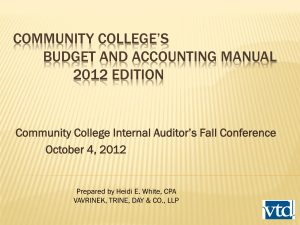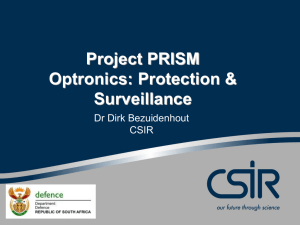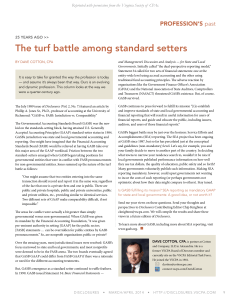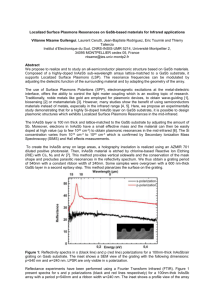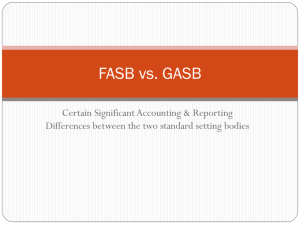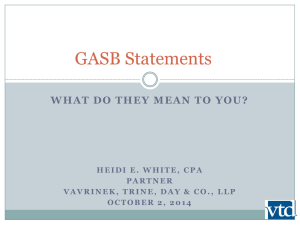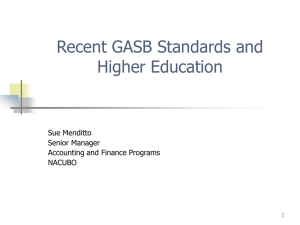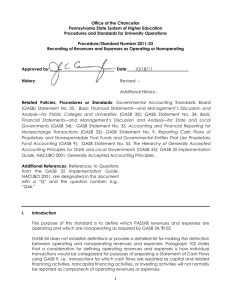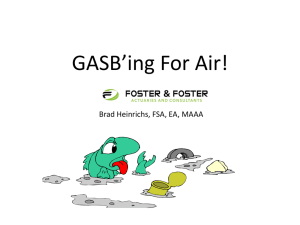Anh_Supplemental_revised
advertisement
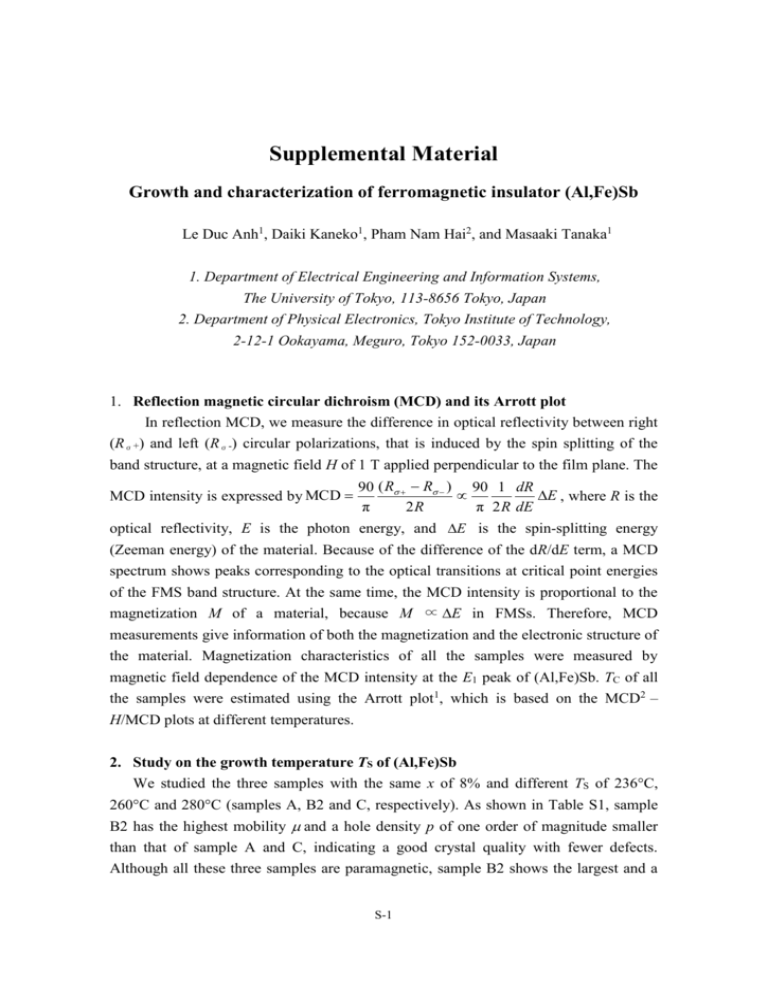
Supplemental Material Growth and characterization of ferromagnetic insulator (Al,Fe)Sb Le Duc Anh1, Daiki Kaneko1, Pham Nam Hai2, and Masaaki Tanaka1 1. Department of Electrical Engineering and Information Systems, The University of Tokyo, 113-8656 Tokyo, Japan 2. Department of Physical Electronics, Tokyo Institute of Technology, 2-12-1 Ookayama, Meguro, Tokyo 152-0033, Japan 1. Reflection magnetic circular dichroism (MCD) and its Arrott plot In reflection MCD, we measure the difference in optical reflectivity between right (Rσ+) and left (Rσ-) circular polarizations, that is induced by the spin splitting of the band structure, at a magnetic field H of 1 T applied perpendicular to the film plane. The MCD intensity is expressed by MCD 90 ( R R ) 90 1 dR E , where R is the π 2R π 2 R dE optical reflectivity, E is the photon energy, and E is the spin-splitting energy (Zeeman energy) of the material. Because of the difference of the dR/dE term, a MCD spectrum shows peaks corresponding to the optical transitions at critical point energies of the FMS band structure. At the same time, the MCD intensity is proportional to the magnetization M of a material, because M ∝ E in FMSs. Therefore, MCD measurements give information of both the magnetization and the electronic structure of the material. Magnetization characteristics of all the samples were measured by magnetic field dependence of the MCD intensity at the E1 peak of (Al,Fe)Sb. TC of all the samples were estimated using the Arrott plot1, which is based on the MCD2 – H/MCD plots at different temperatures. 2. Study on the growth temperature TS of (Al,Fe)Sb We studied the three samples with the same x of 8% and different TS of 236°C, 260°C and 280°C (samples A, B2 and C, respectively). As shown in Table S1, sample B2 has the highest mobility and a hole density p of one order of magnitude smaller than that of sample A and C, indicating a good crystal quality with fewer defects. Although all these three samples are paramagnetic, sample B2 shows the largest and a S-1 slightly non-linear MCD vs. magnetic field characteristics at low temperature. Thus we concluded that TS = 260°C is the optimized growth temperature for (Al,Fe)Sb in our MBE growth conditions. Table S1. Growth parameters and transport properties of the (Al,Fe)Sb samples (sample A, B2 and C) grown on an AlSb buffer. These transport properties were measured by the Hall effect measurements and the four-terminal resistivity measurements at room temperature using 50×200 m2 Hall bars. TS (°C) Fe content x (%) (Al,Fe)Sb thickness t (nm) (Ωcm) (cm2/Vs) Hole density p(cm-3) A 236 8 100 0.33 8.6 2.2×1018 B2 260 8 30 2.0 16.9 1.9×1017 C 280 8 30 0.34 16.4 1.1×1018 Sample 3. Lattice constant of (Al,Fe)Sb estimated by X-ray diffraction (XRD) measurements. We measured XRD of (Al,Fe)Sb samples by a Rigaku’s Smart-Lab® system with a copper source at a X-ray wavelength of 1.54Å. By fitting the XRD peaks of GaSb and (Al,Fe)Sb using Gaussian curves, we determined the peak position (the value), and estimated the strained lattice constant az,GaSb of GaSb and az,(Al,Fe)Sb of (Al,Fe)Sb along the growth direction (z axis = [001]). The strain ez along the z-axis of the GaSb buffers was calculated by ez (a z,GaSb ai,GaSb ) / ai,GaSb , where a i,GaSb is the intrinsic lattice constant of cubic GaSb (0.609593 nm)2. Then, using the second order elastic moduli C11,GaSb, C12,GaSb of GaSb3, we calculated the in-plane strain ex of the GaSb layer as ex 2(C11,GaSb / C12,GaSb )ez . From ex we estimated the in-plane lattice constant ax,GaSb of the strained GaSb buffer layers using the relation ex (a x, GaSb ai,GaSb ) / ai,GaSb . For the (Al,Fe)Sb layers, we assumed that the in-plane lattice constant ax,(Al,Fe)Sb is the same as that of the GaSb buffer (ax,GaSb). Then, we obtained the intrinsic lattice constant ai,(Al,Fe)Sb of (Al,Fe)Sb, with all the strain effects excluded, as follows: S-2 a z,(Al,Fe)Sb 2 ai,(Al,Fe)Sb C12,AlSb C11,AlSb C12,AlSb 1 2 C11,AlSb a x, (Al,Fe)Sb (S1) Here, we assumed that (Al,Fe)Sb has the same elastic moduli as AlSb, and used the parameters C11,AlSb, C12,AlSb of AlSb4,5 in eq. (S1). The obtained values of ai,(Al,Fe)Sb are shown in Fig. 2(b) in the main manuscript. References 1. A. Arrott, Phys. Rev. 108, 1394 (1957). 2. M. E. Straumanis, C. D. Kim, J. Appl. Phys 36, 3822 (1965). 3. W. F. Boyle, R. L. Sladek, J.: Phys. Rev. B 11, 2933 (1975). 4. R. Weil, J. Appl. Phys 43, 4271 (1972). 5. D. T. Bolef, M. Menes, J. Appl. Phys 31, 1426 (1960). S-3
